Biorhythms: Theory and Controversy
VerifiedAdded on 2023/03/31
|6
|842
|440
AI Summary
This article explores the theory of biorhythms, which suggests that human life is influenced by rhythmic biological cycles affecting physical, emotional, and intellectual abilities. Controversy surrounds this theory, with opposing views on its accuracy and predictive power.
Contribute Materials
Your contribution can guide someone’s learning journey. Share your
documents today.
1 out of 6
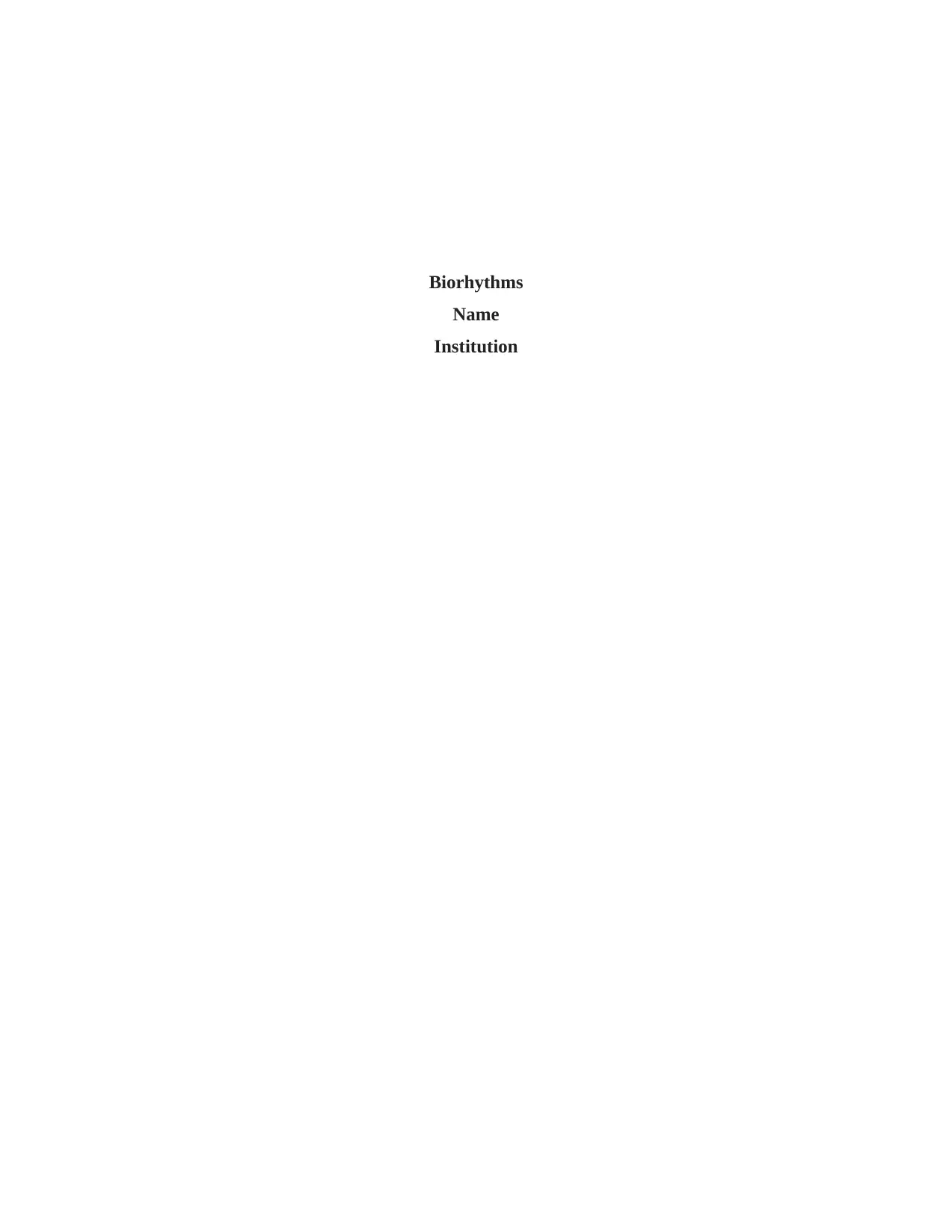
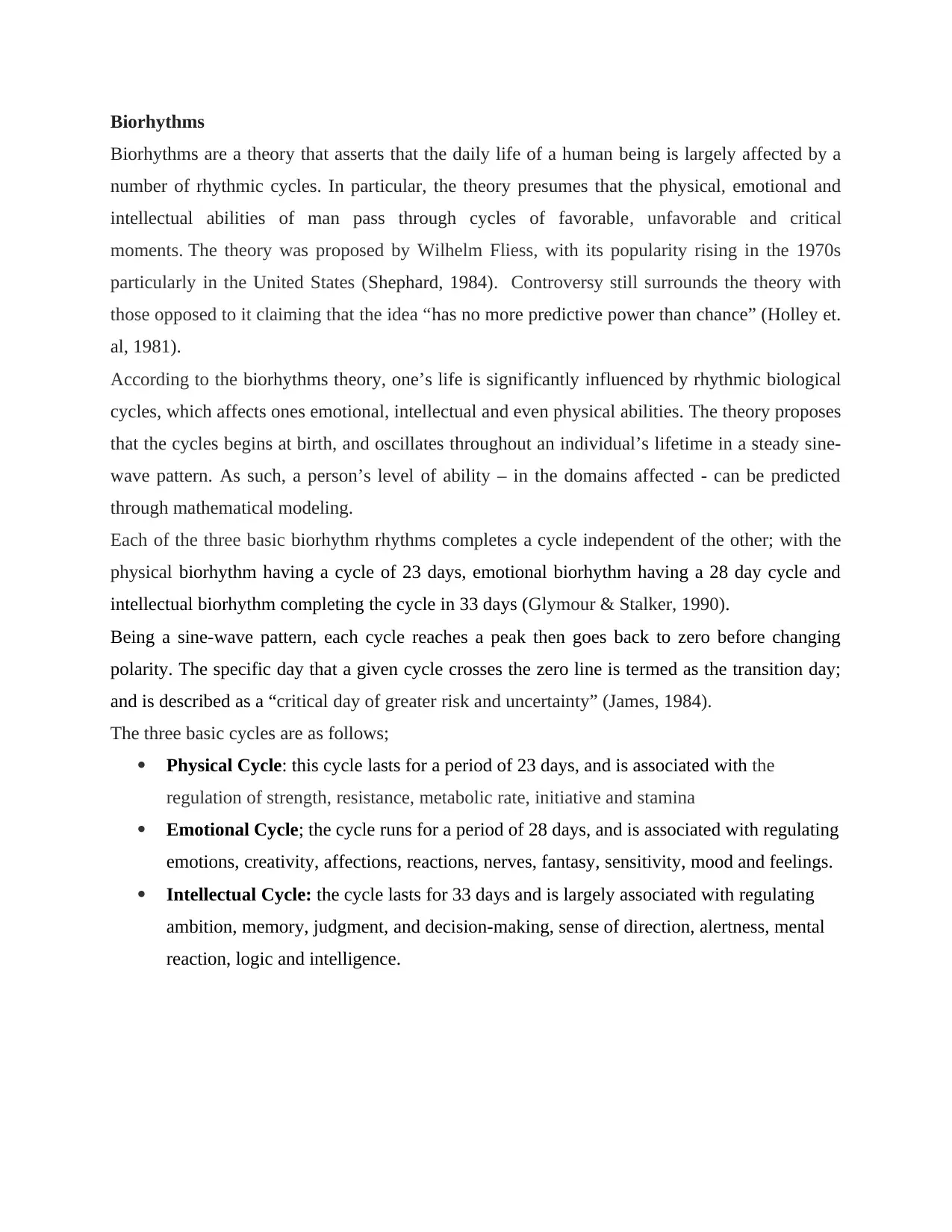
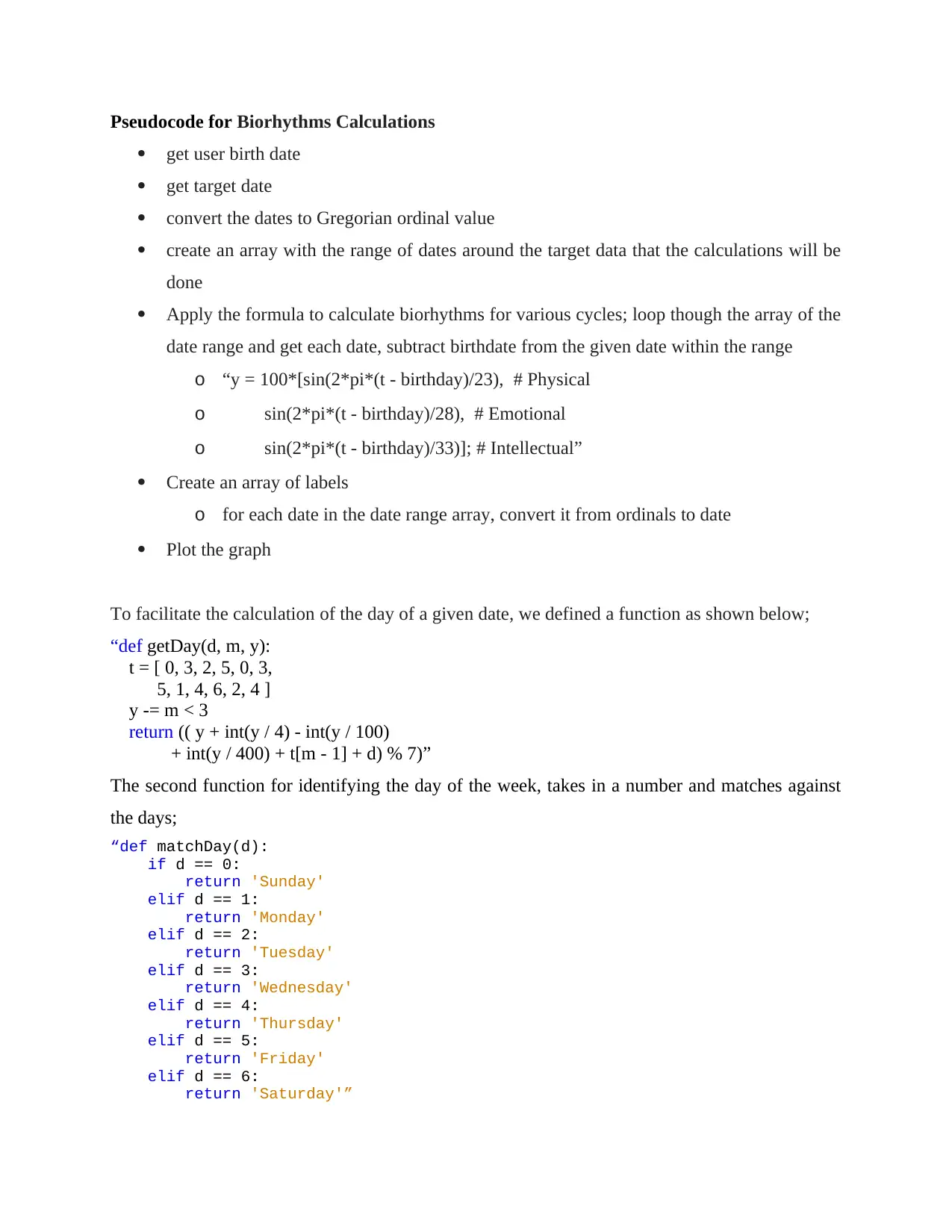
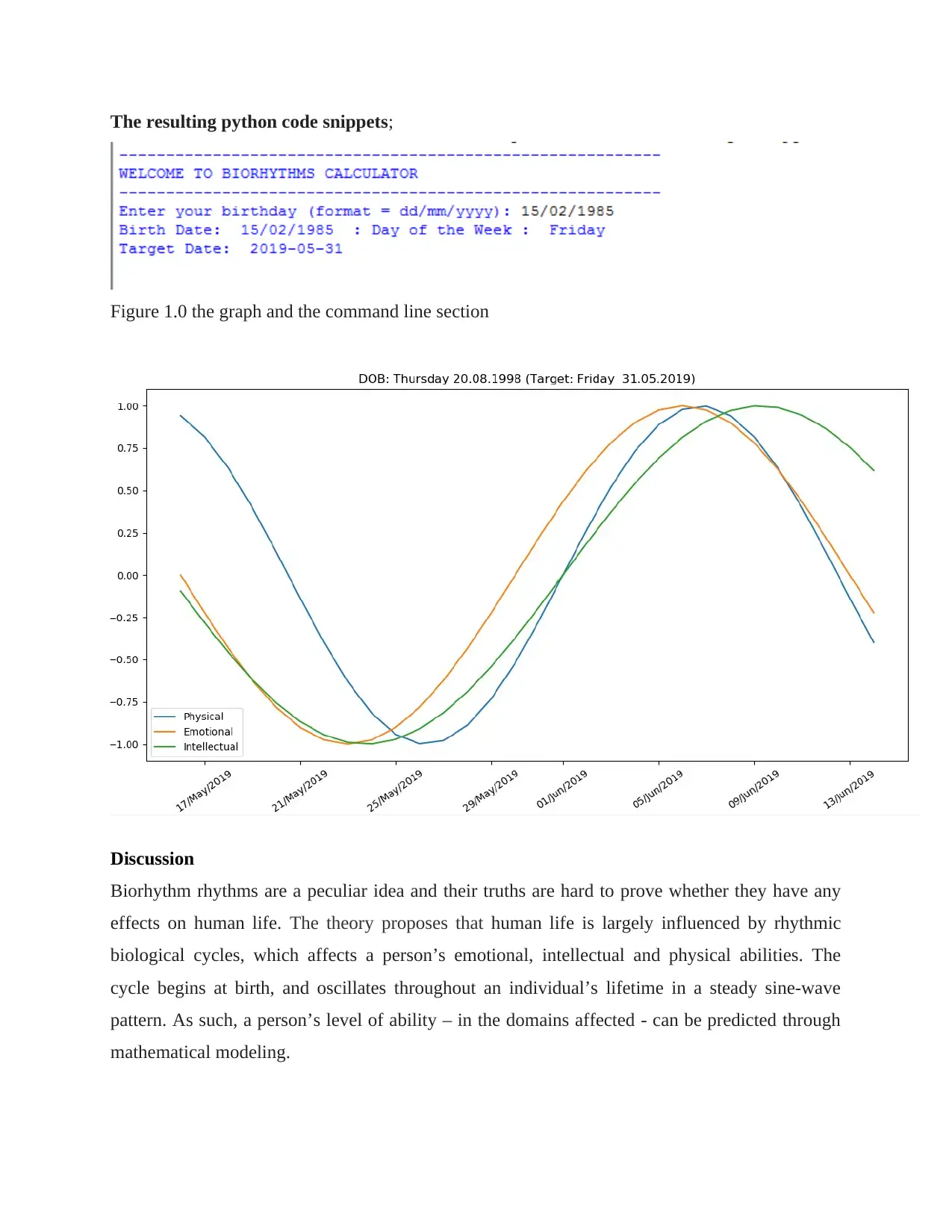

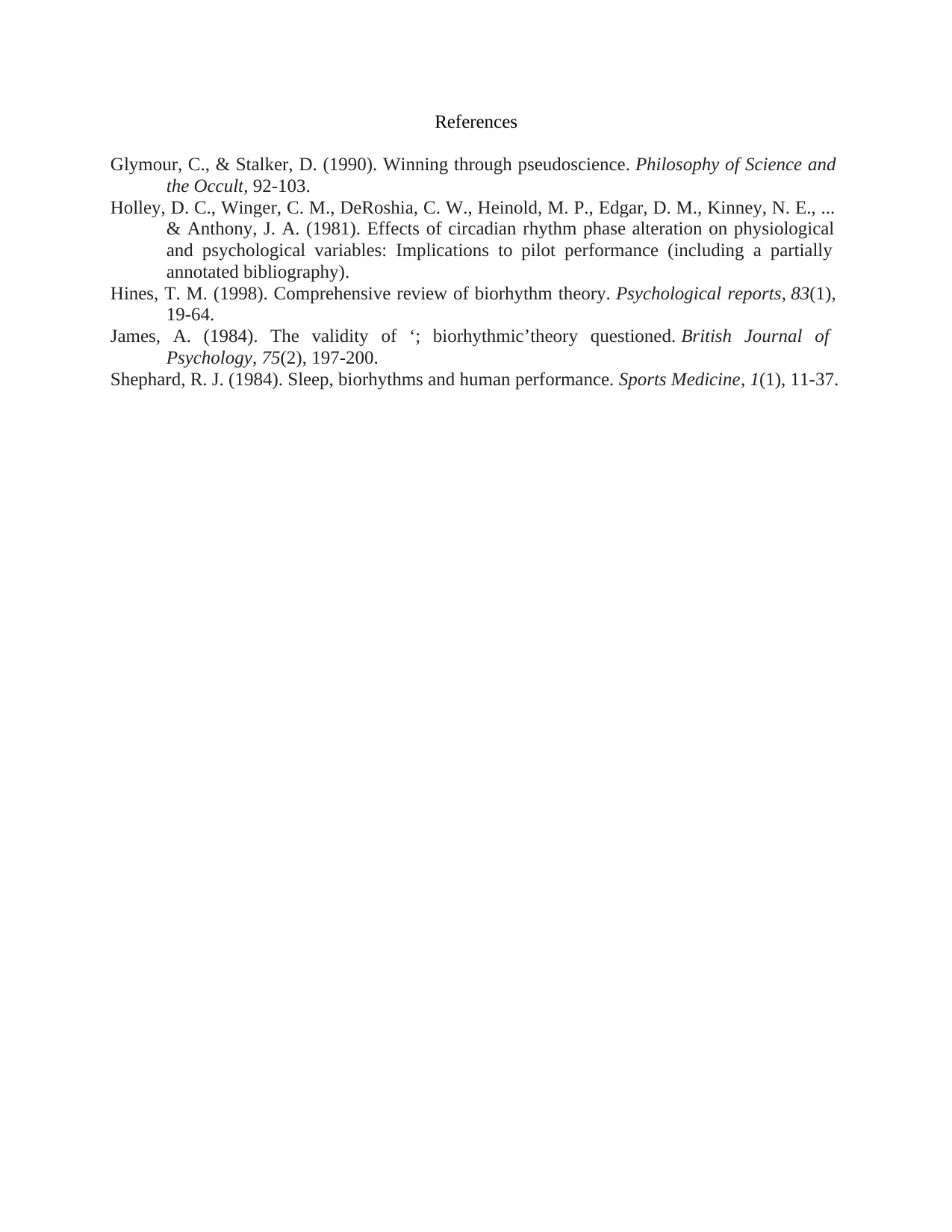






![[object Object]](/_next/static/media/star-bottom.7253800d.svg)